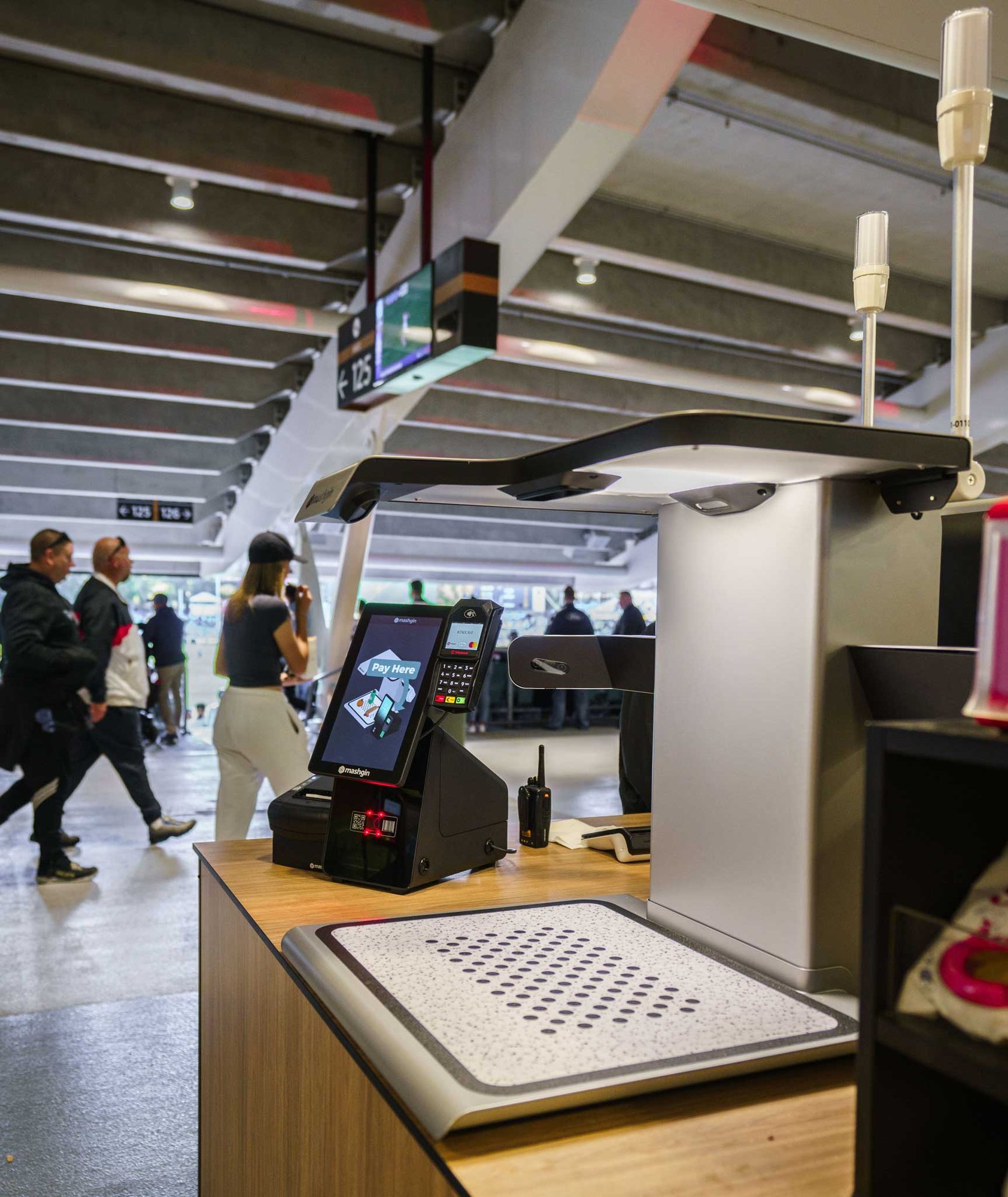How Mashgin Secures Hospital Checkout
Short of hidden military installations, particle colliders, or secret robotics laboratories, hospitals are some of the most complex digital environments on earth.

Short of hidden military installations, particle colliders, or secret robotics laboratories, hospitals are some of the most complex digital environments on earth.
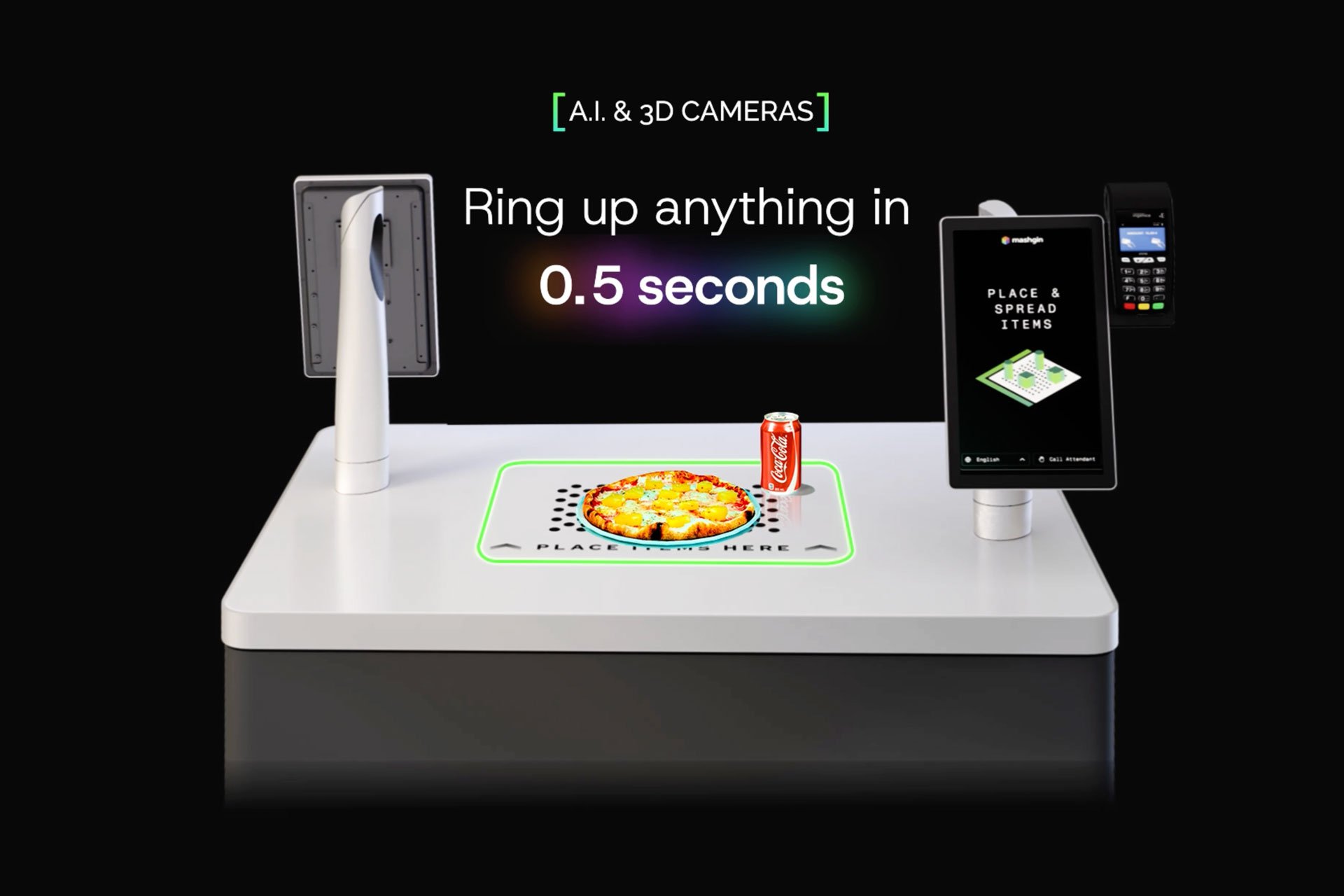
The convenience store industry operates on a straightforward premise: speed.
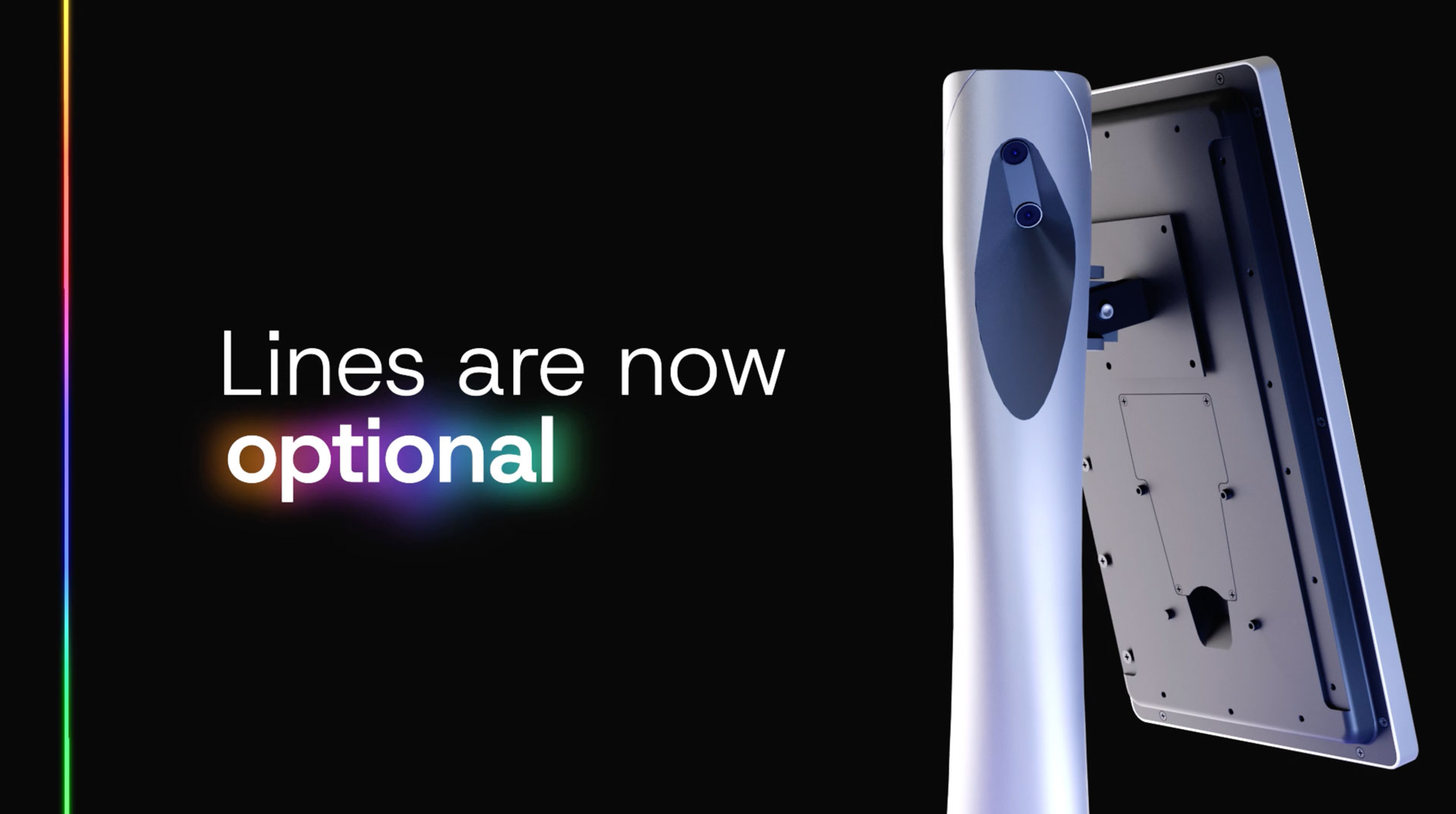
Mashgin, the world leader in AI-checkout, previewed its latest innovation, Power Counter, on Tuesday, October 15, at the NACS Show.
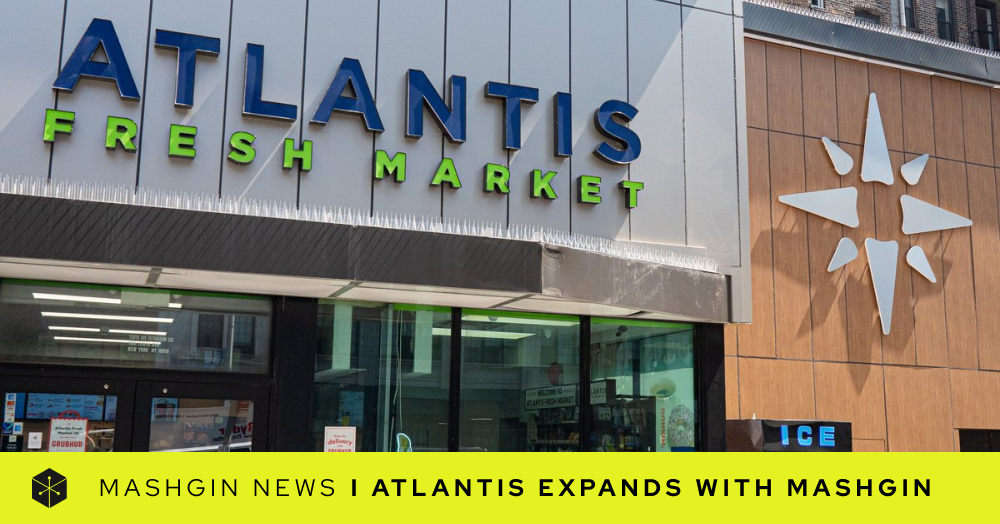
Following the successful launch across 5 stores, the 100+ store chain looks to include Mashgin in new site builds and remodels going forward.
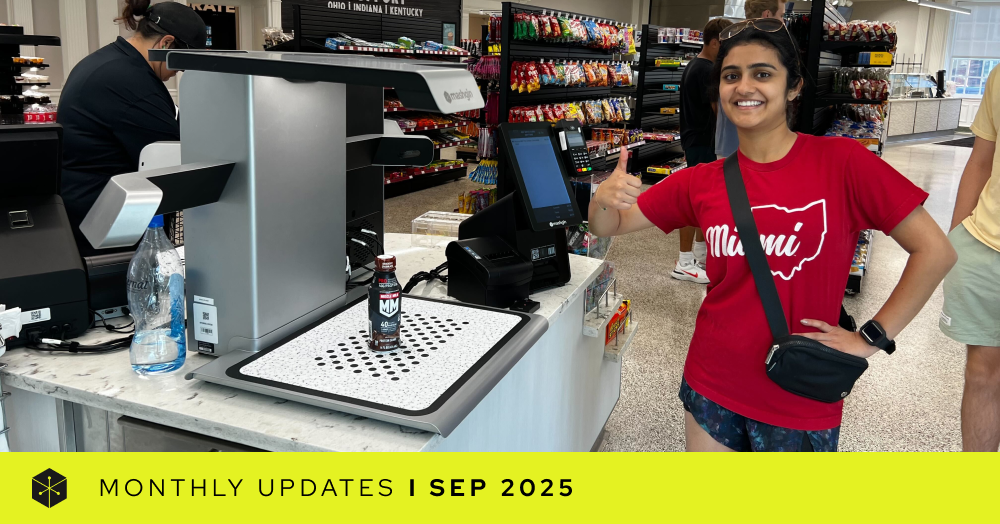
Welcome to Mashgin Monthly, a quick summary of what's new at Mashgin. We had a busy summer, and have a lot of great new features that are either already live, or will be here soon.
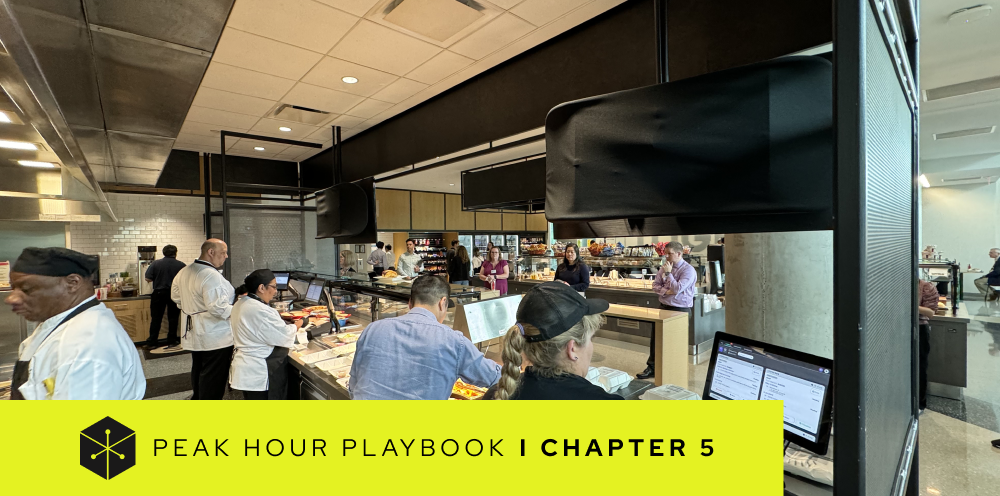
By the end of our series, we’ve explored two distinct approaches to peak management: throughput maximization, where you absorb rushes head-on with kiosks, and demand smoothing, where you defuse peaks with mobile pre-ordering and meal order tablets. But what if your operation needs both? Many sites (think large campuses, multi-site hospitals, or mixed-use facilities) find that a well-designed hybrid strategy delivers the best of both worlds.

Busy hospital cafeterias present uniquely complex challenges. Unlike resorts or campuses, they must serve clinicians, patients, families, and visitors: each with different schedules, urgency levels, and expectations. Throw in made-to-order meals and kitchen complexity, and you have a recipe for chaos during peak hours. That’s why Cleveland Clinic has taken a fundamentally different approach: instead of trying to race the rush, they aim to dismantle it.
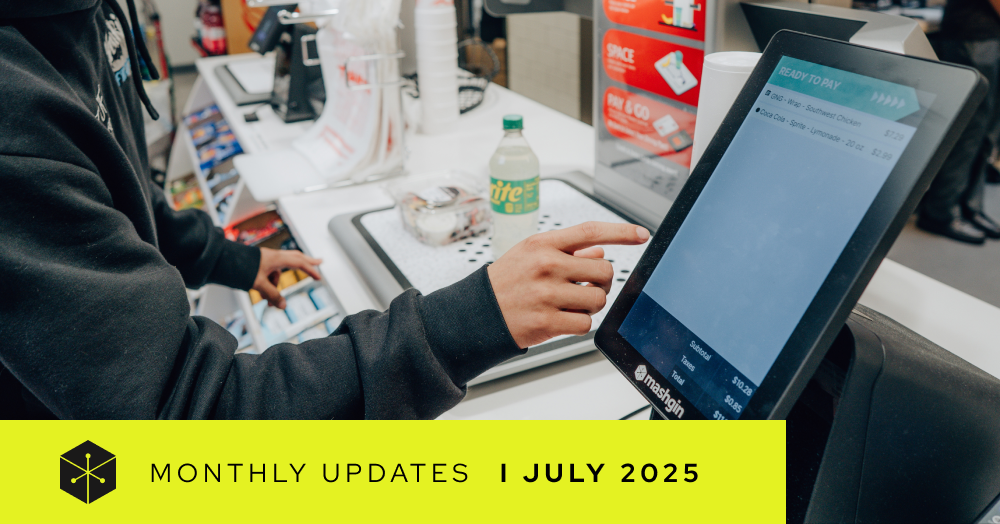
Mashgin Monthly - July 2025
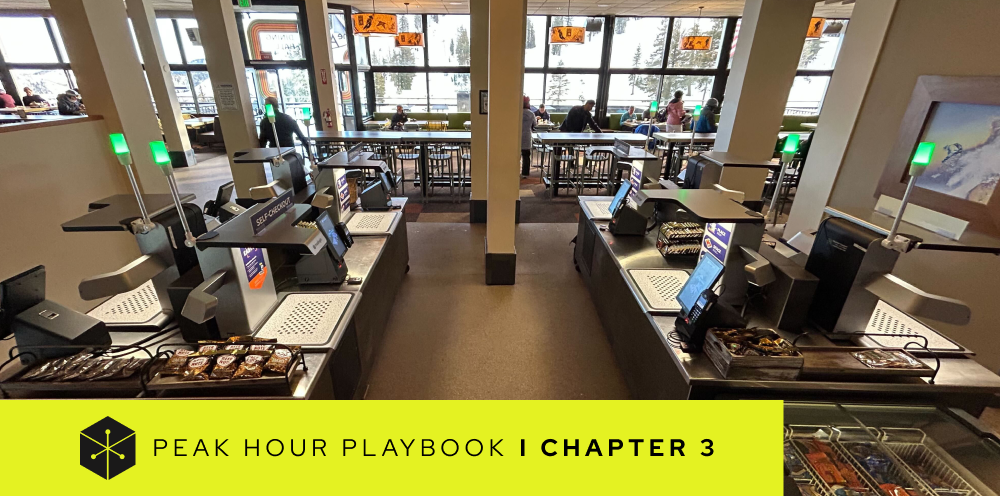
When your peak is predictable and unavoidable, you don’t just solve for speed, you engineer it. Palisades Tahoe, a high-altitude resort with over 70% of its food and beverage (F&B) revenue earned within a three-hour lunch window, offers a compelling model for peak management through strategic capacity deployment.
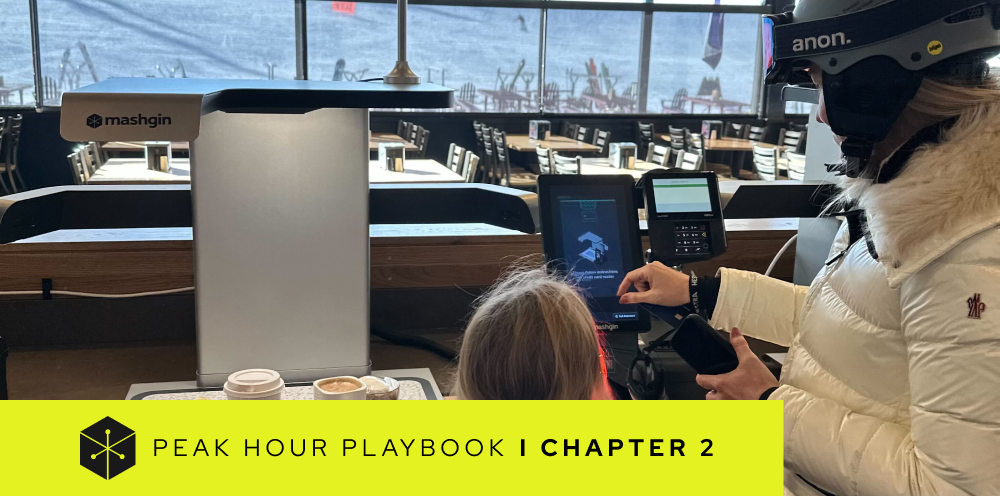
Every dining operator faces the same fundamental problem: a high percentage of daily sales happen in a short window. That creates a daily race to serve as many people as possible before the peak ends and the window closes. The question isn’t whether the surge will happen—it’s how you plan for it.
